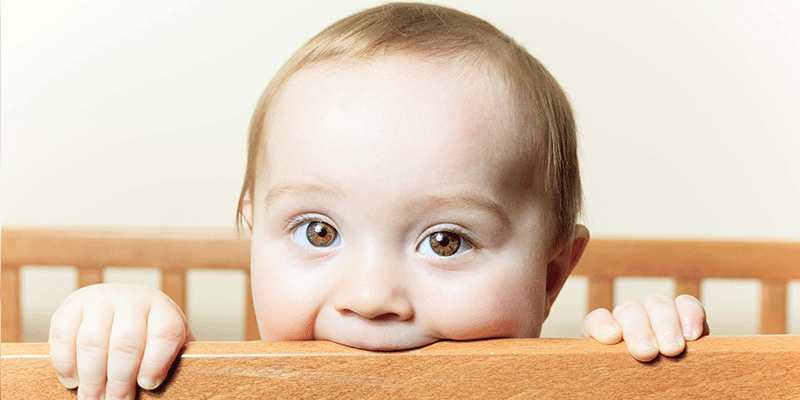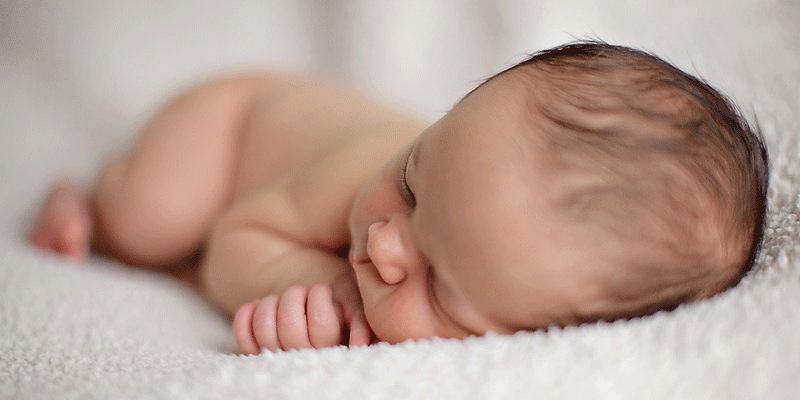
Much of your baby’s activity in her first weeks of life is reflexive. For instance, when you put your finger in her mouth, she doesn’t think about what to do, but sucks by reflex. When confronted by a bright light, she will tightly shut her eyes, because that’s what her reflexes make her do. She’s born with many of these automatic responses, some of which remain with her for months, while others vanish in weeks.
In some cases, reflexes change into voluntary behavior. For example, your baby is born with a “rooting” reflex that prompts her to turn her head toward your hand if you stroke her cheek or mouth. This helps her find the nipple at feeding time. At first she’ll root from side to side, turning her head toward the nipple and then away in decreasing arcs. But by about three weeks she’ll simply turn her head and move her mouth into position to suck.
Sucking is another survival reflex present even before birth. If you had an ultrasound test done during pregnancy, you may have seen your baby sucking her thumb. After birth, when a nipple (either breast or bottle) is placed in your baby’s mouth and touches the roof of her mouth, she automatically begins to suck. This motion actually takes place in two stages: First, she places her lips around the areola (the circular area of pigmented skin surrounding the nipple) and squeezes the nipple between her tongue and palate. (Called “expression,” this action forces out the milk.) Then comes the second phase, or the milking action, in which the tongue moves from the areola to the nipple. This whole process is helped by the negative pressure, or suction, that secures the breast in the baby’s mouth.
Coordinating these rhythmic sucking movements with breathing and swallowing is a relatively complicated task for a newborn. So even though this is a reflexive action, not all babies suck efficiently at first. With practice, however, the reflex becomes a skill that they all manage well.
As rooting, sucking, and bringing her hand to her mouth become less reflexive and more directed, your infant will start to use these movements to console herself. She also may be comforted when you give her a pacifier or when you help her find her thumb or her fingers.
Another, more dramatic reflex during these first few weeks is called the Moro reflex. If your baby’s head shifts positions abruptly or falls backward, or she is startled by something loud or abrupt, she will react by throwing out her arms and legs and extending her neck, then rapidly bringing her arms together and she may cry loudly. The Moro reflex, which may be present in varying degrees in different babies, peaks during the first month and then disappears after two months.
Last Updated 8/1/2009
Source Caring for Your Baby and Young Child: Birth to Age 5 (Copyright © 2009 American Academy of Pediatrics)
The information contained on this Web site should not be used as a substitute for the medical care and advice of your pediatrician. There may be variations in treatment that your pediatrician may recommend based on individual facts and circumstances.






